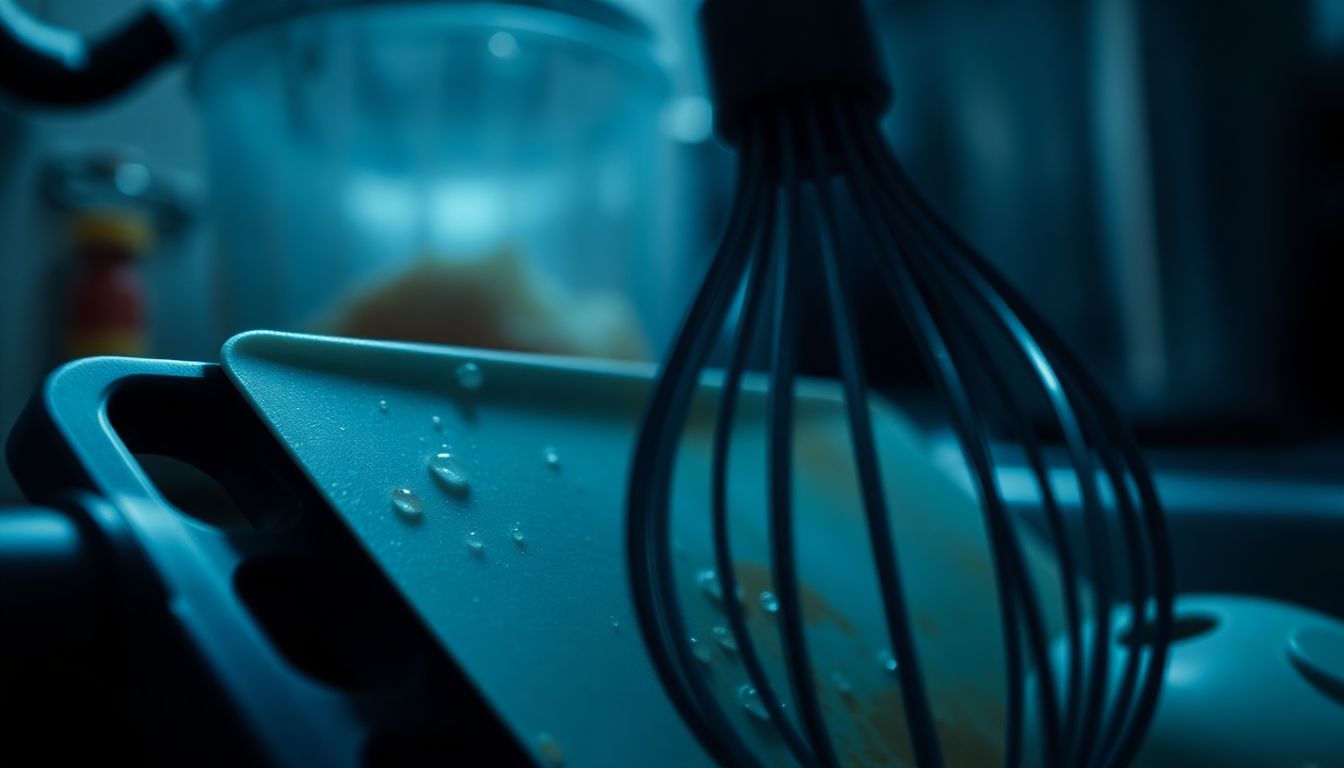
This Common Kitchen Gadget is Secretly Toxic: Shocking Truths About Non-Stick Cookware
Non-stick cookware has made cooking easy and cleaning a breeze for decades. But, hidden beneath that shiny surface is a troubling reality. Many people don't realize that this common kitchen gadget might be harmful to your health. Let's uncover the risks tied to non-stick cookware and discuss what we can do about it.
The Teflon Truth: Uncovering the Dangers of Non-Stick Pans
The History of Teflon and its Rise to Popularity
Teflon, the most famous brand of non-stick coating, was invented in the 1930s. It quickly gained popularity for its ability to prevent food from sticking, making cooking and cleaning effortless. However, this convenience came with a cost that many didn't foresee.
Early Concerns and Studies: The Bird Flu Connection
In the 2000s, major studies began linking Teflon’s chemical composition to health issues. Researchers discovered that Teflon releases toxic fumes that could harm not only humans but also birds. High temperatures can cause these pans to emit fumes dangerous enough to kill pet birds.
The Current State of Research: What Scientists are Saying Now
Today, scientists are still studying the long-term effects of non-stick cookware. Many experts believe that the chemicals in Teflon, specifically PFOA, are harmful. The conversation around Teflon's safety continues to evolve, pushing us to rethink our kitchen choices.
Harmful Chemicals Released During Cooking
PFOA and PFAS: Understanding the Toxic Compounds
Perfluoroalkyl and polyfluoroalkyl substances (PFAS) are a group of chemicals used in many non-stick coatings. PFOA, one of the most dangerous, has been linked to numerous health risks. It's essential to understand these chemicals to avoid potential dangers.
The Effects of High Heat: Exceeding Recommended Temperatures
Cooking at high temperatures can lead to the breakdown of non-stick coatings. When this happens, harmful chemicals can leach into your food. Keeping an eye on the cooking temperatures is crucial to ensure safety.
Real-World Examples: Reports of Illness Linked to Overheating
Numerous incidents have been reported where individuals suffered from illness after cooking at too high a temperature. Common symptoms include nausea, headaches, and respiratory issues. These experiences highlight the need for caution when using non-stick pans.
Health Risks Associated with Non-Stick Cookware
Respiratory Issues: The Potential for Polymer Fume Fever
One alarming risk is polymer fume fever, a condition caused by inhaling fumes from overheated Teflon. Symptoms can mimic flu-like illness, leading to discomfort and confusion. It's essential to be aware of these risks when cooking.
Reproductive Issues: Concerns About Fertility and Development
Studies suggest that exposure to PFOA may affect reproductive health. Women trying to conceive or those who are pregnant should be particularly cautious, as these chemicals can lead to developmental problems in children.
Cancer Risks: Studies Linking PFOA Exposure to Cancer
Research has established a troubling link between PFOA exposure and certain types of cancer, such as kidney and testicular cancer. Knowledge of these potential health risks is crucial for making informed decisions about cookware.
Safer Alternatives to Non-Stick Cookware
Cast Iron: Durability and Non-Toxic Properties
Cast iron cookware has been trusted for generations. It's durable, non-toxic, and can last a lifetime with proper care. Plus, it adds iron to your diet, benefiting your health.
Stainless Steel: Easy to Clean and Maintain
Stainless steel is another excellent option. It's easy to clean, resistant to rust, and doesn’t leach harmful chemicals. This choice is both practical and safe for cooking.
Ceramic Cookware: A Non-Stick Option with Fewer Concerns
Ceramic cookware provides a non-stick surface without the concerns tied to Teflon. It's a safer alternative and can withstand high heat. When selecting ceramic, look for brands that are free from PFOA and PFAS.
Minimizing Exposure: Tips for Safe Use of Non-Stick Pans
Avoiding Overheating: Maintaining Optimal Cooking Temperatures
To reduce risks, stick to medium or low heat when using non-stick pans. This strategy will help keep harmful chemicals from releasing into your food.
Proper Ventilation: Reducing Inhalation of Toxic Fumes
Ensure your kitchen is well-ventilated while cooking. Open windows or use an exhaust fan to disperse any fumes that may arise, keeping your air quality safe.
Replacing Damaged Cookware: Recognizing Signs of Degradation
Regularly inspect your non-stick pans for scratches or chips. If you notice any damage, replace them immediately to avoid potential health hazards.
Conclusion: Making Informed Choices in the Kitchen
Key Takeaways: Protecting Yourself and Your Family
Awareness of the dangers of non-stick cookware is the first step toward keeping your family safe. Consider the alternatives available, and practice safe cooking tips to minimize exposure.
Resources for Further Research: Where to Learn More
For more information on the health risks related to non-stick cookware, consult organizations like the Environmental Protection Agency (EPA) and the American Cancer Society. They offer valuable insights and research.
The Importance of Sustainable Practices: Reducing Environmental Impact
By choosing safer cookware and practices, we not only protect our health but also contribute to a healthier planet. Making informed kitchen choices can pave the way for future generations.
Comments
Post a Comment